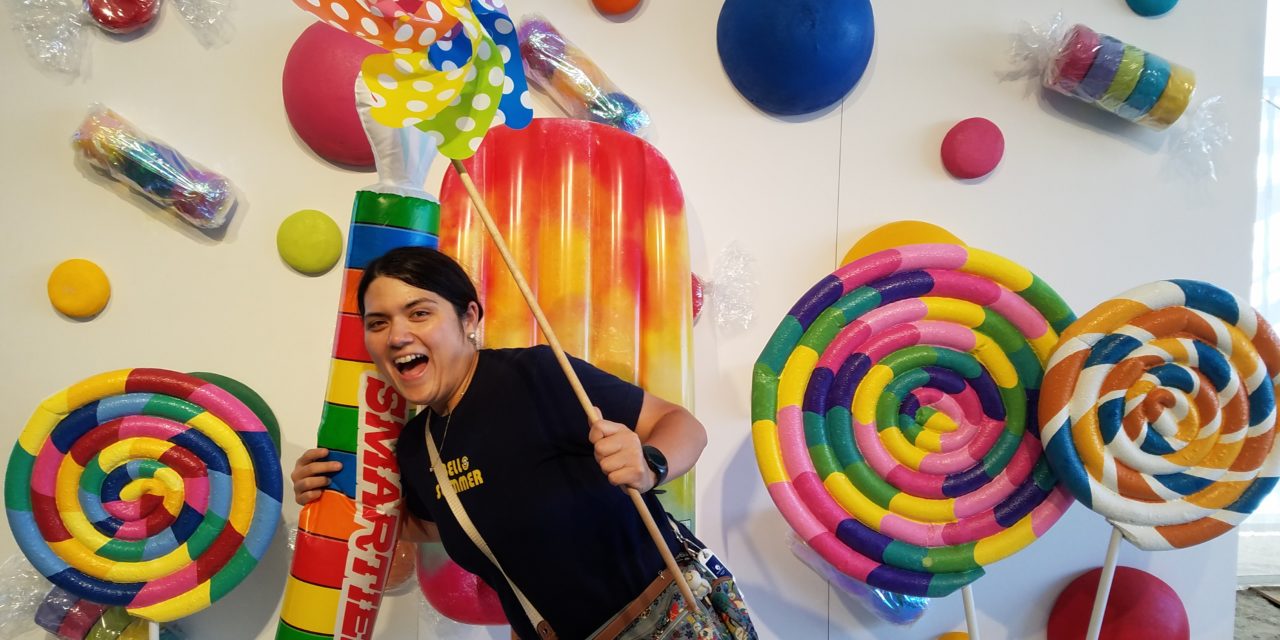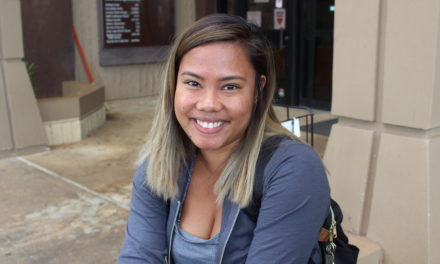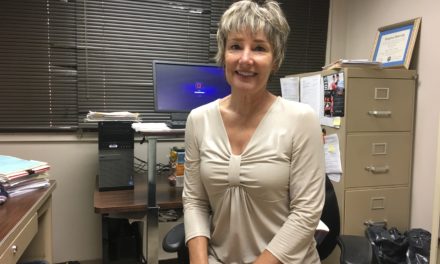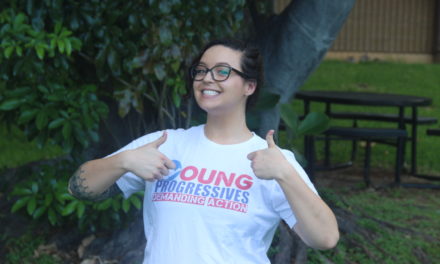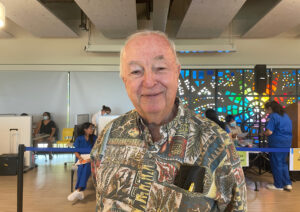By Katlin Cilliers | Staff Writer
Amanda Fujita is an alumna from the New Media Arts: Animation program at KCC who graduated in 2009. The Hawaiʻi born currently lives in Hollywood, where she’s worked for DreamWorks as a 3D lighter since May. Through the years, she’s faced challenges and grown in the film industry. Fujita is currently working on “How To Train Your Dragon: The Hidden World”, which will be released in February 2019.
The KCC program and experiences derived from it have been paramount in paving the way for Fujita to go above and beyond in her career. Upon graduating and working on a few local projects in Hawaiʻi, Fujita was invited to work in larger features on the mainland and abroad.
“It was probably one of the best decisions I made,” Fujita wrote in a letter to KCC’s New Media Arts Program in September. “Sharon Sussman and Joseph Trimmonti were my two main professors in NMA, and by observing and talking to them, I was able to easily make the decision to stay at KCC.”
However, her journey hasn’t been all-linear. The 33-year-old recalled several challenges along the way. To her, making it in the animation industry requires perseverance, an open mind, and strong adaptability to change. From the softwares used to pipelines to ways of operating, it all can shift dramatically from one production to another, so workers have to navigate those changes at all times.
“It’s constantly changing,” Fujita said in a phone interview in October. “I think I haven’t been to one studio where it hasn’t changed from project to project. So, you have to be able to adapt to that constantly, and it can get really difficult.”
Long periods in-between jobs and different demands in each project, to Fujita, can be detrimental to one’s motivation.
“This is not an easy industry to be in,” she said. “It can take a long time to get anywhere.”
While in the New Media Arts program at KCC from 2007-09, Fujita landed an internship as a color coordinator with Hawai‘i Film Partners. She was also responsible for working with the lighting of a short film named “Ion,” which tells the story of a battery trying to save his friends from an evil 9-volt battery who tries to drain them during KCC’s practicum.
She also tried her hand at teaching animation at Farrington High School for three months in 2009. Teaching high school students the ins and outs of animation was a challenge that Fujita embraced in-between working in animation studios.
“That was kind of fun for me, because I had to go into all my [animation] notes [to teach],” Fujita said.
Around 2010, Fujita worked for Hawai‘i Animation Studios, led by Canadian producers Jeff Bell and Dan Krech. The company closed only a couple years later, but during that time, Fujita produced significant pieces such as “Veggie Tales” and “A Dinosaur Revolution.”
It took her over a year after Hawai‘i Animation Studios close to get a second position in the field. However, she didn’t let these factors get in the way of her pursuing animation. She was sometimes disheartened, but refused to give up.
“I am super stubborn,” she said. “So even though I was like ‘I should just give up’ every once in a while, I’d be like, no, I’m going to keep trying. I’m just going to finish sending my stuff. And I would be like praying that something comes up.”
Her determination paid off. Once she started getting more projects through studio Reel FX, she got more positive responses from potential employers, and eventually moved on to bigger features – long movies that are shown in theaters. It only took her a few months to fall under the radar of Canadian Nitrogen Studios, and be invited to move to Vancouver, where she lived for two and a half years, from 2016 to early 2018, and worked on “Trollhunters” and “Sausage Party.”
Fujita’s role in 3D lighting creates a film’s entire mood through the way scenes are lit. That creative aspect of working with light and color is something the KCC alumna is fond of; she explains that darker shades in a scene will convey a gloomy mood , while an upbeat, animated scene will feature a lighter color palette. Those choices are made by 3D and color artists, such as herself, and directly affect the viewers’ experience.
“Even though a story is written by writers,” she said. “Our part of it is to bring that story to life and create the moments.”

